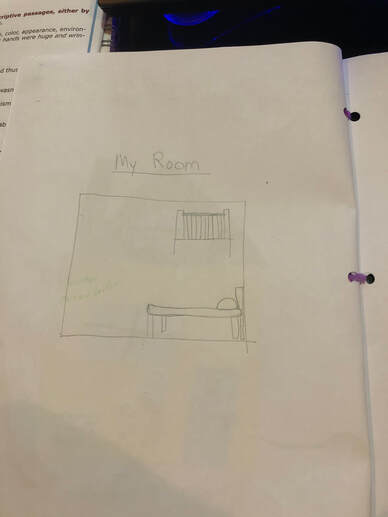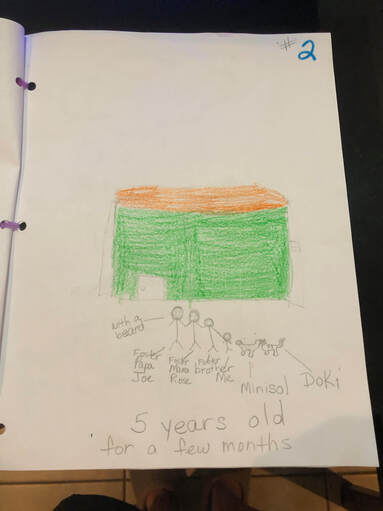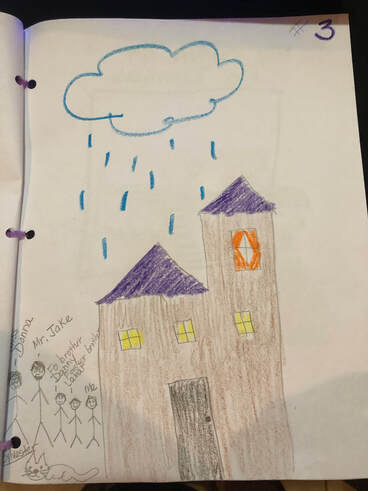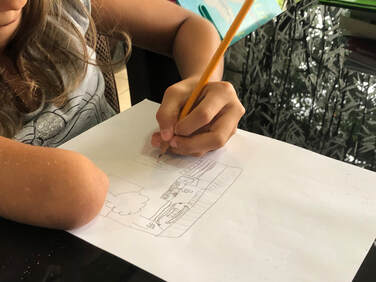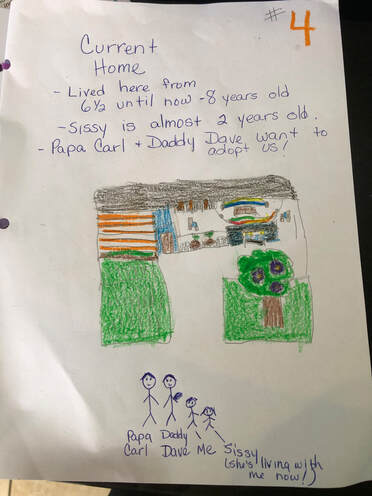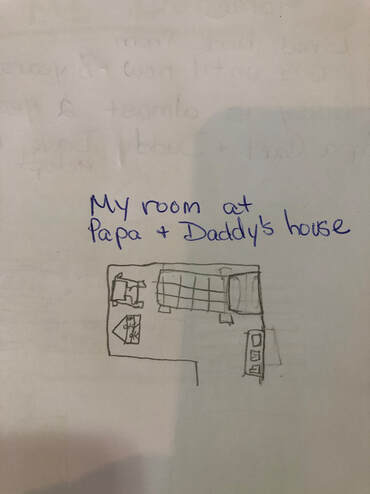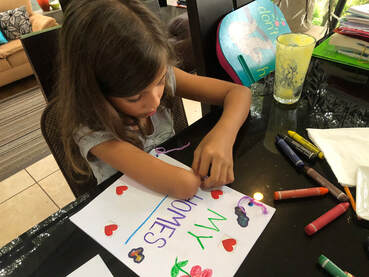|
As promised, I have posted an exclusive interview with Lauren Kerstein, author of Home for a While. Lauren is an experienced Licensed Social Worker and has authored many other books. If you have not read this month's review of Home for a While with the accompanying activity, check it out below. In this interview, Lauren provides her expertise on ways to use the book for maximum therapeutic benefit and shares her motivation for writing the book. Please welcome Lauren to the Psyched Writer Blog by providing comments below. Check it out! If you wish to purchase one of her books, click here. Follow my blog for monthly reviews and exclusive interviews sent right to your inbox!
2 Comments
A Book Review of Home For A While
In 2020, there were approximately 424,000 children in foster care in the United States. This number has been increasing in recent years. This increase is, in part, due to the opioid addiction crisis that has accelerated over the past many years. Based on these numbers, the likelihood of a child having a peer in this situation in their classroom or neighborhood, is quite high. Therefore, this book is appropriate for all children to either see their own experience or as a window into an experience of a peer. It is a great resource for foster/adoptive parents and teachers as it normalizes behaviors and provides much insight into feelings and coping strategies that they can incorporate into their own families and classrooms. Unfortunately, it is common for a child to have to move to several foster homes before finding the right fit, being adopted, or being returned to their birth family. There are many reasons for this. It could be a change in circumstances of the foster family, ie. illness, out-of-state move, etc. Sometimes it is the severe behaviors of the child presenting challenges that the foster family is not equipped to handle. It could also be the foster care agency realizing that this family is a poor fit for this child or that this home is not a safe place. These moves are often abrupt, not giving the child time to process the change. Each move eats away at the child's self-esteem and sense of worth, making them feel unwanted and unlovable, therefore likely increasing their behavioral outbursts. In Home For A While, Calvin is a foster child who has had many moves. The author, Lauren Kerstein, doesn't shy away from the difficult emotions or negative self-talk that so many kids in this circumstance experience. "This isn't your home," or "Nobody wants you," is the narrative or self-talk going through Calvin's head in the story. He understandably has difficulty trusting Maggie, the foster mom, when she tries to reassure him. He has heard those lines before and it didn't ring true. He has learned from experience that adults cannot be trusted. Why should I trust her? I wasn't able to trust anyone else in my life. Maggie respectfully asks Calvin if she can hug him goodnight persistently and he persistently refuses. He has built a wall around himself to avoid getting hurt again. He has learned from the past how painful it is to let someone in your heart, only for them to break it again. So, he keeps his heart safe. And, why would anyone want to hug him anyway? He's not huggable. He's not loveable. That is what his short life has already taught him. He will have to unlearn this and develop much courage in order to let others enter his heart again. The author, Ms. Kerstein, portrays Calvin experiencing a host of feelings in this story, including fear, sadness, anger, anxiety, grief, etc. When he acts out on these feelings, he waits in fear and anxiety to see what Maggie's reaction will be. Living in many homes, you learn that everyone reacts and disciplines differently and you don't know what to expect in a new home. Most often you imagine the worst. Luckily this time, Maggie is an insightful and patient foster mom, and responds by modeling and suggesting various coping mechanisms to help him work through his feelings. Through Maggie, Ms. Kerstein presents many coping mechanisms to help regulate big feelings. These include deep breathing, manipulating clay, bouncing a basketball and going for a walk. All of these strategies have a sensory component that is helpful with regulating emotion. A phrase repeated by Maggie often in the book is "Like no one I've ever met." The message she conveys to Calvin through this phrase is "You are special." He doesn't feel special. He has learned the opposite about himself through all of his placements. But, Maggie is reinforcing this concept. Over time, when Calvin learns that Maggie consistently is loving, encouraging and seems to like him, he begins to trust her. When this happens his self-talk changes to "Maggie wants me," and "I like this house." This process takes a great deal of time and requires much consistency and patience on the part of the foster parent. When Calvin finally begins to trust, and let her into his heart, he can begin to heal from his multiple losses. The illustrations by Natalia Moore with the bright colors and beautiful details complement the story. She does a great job portraying Calvin's intense feelings through facial expressions and action. Ms. Kerstein provides an informative reader's note, that is not included in the book, but is on the Magination press website here. I highly recommend this book for foster/adoptive kids and their caretakers, therapists, teachers, and to be read to kids in general, to provide insight and empathy to all who read it. To purchase this book and others by this author, please visit her website here! She provides printable activities to go along with her book here. We will be having a special guest interview with Lauren Kerstein, the author of this book, on the blog at the end of the month! She will bring her expertise as an experienced social worker and author. Stay tuned! Activity Idea for Home For A While An activity I did often in my practice with foster/adoptive children, especially those that had multiple placements, was to make a book of their placements in chronological order, starting with their birth home. Kids are often moved abruptly and don't have the opportunity to process the loss before heading out for a new unwanted, scary adventure. This leaves the child without closure which further complicates their situation. This activity helps provide some closure and puts some sense of order in their otherwise disorderly lives. Sometimes kids will not remember placements if they were too young, etc. It can be helpful beforehand to get information about prior placements from a caseworker or another familiar adult, if possible. If you have received information from elsewhere that they don't remember, draw it for them with the information you have, discussing names and as many details as you can. It's important for them to have this information if you can obtain it. Otherwise, draw a basic house without the details and include anything that they remember. For younger kids, you can ask them to describe things and adult can draw it and have them color. Materials Needed: -paper -pencil -crayons -hole punch -yarn or thin ribbon -stickers (optional) -historical information about placements, if possible
|
Follow me on Twitter, Pinterest and LinkedIn
Categories
All
|

 RSS Feed
RSS Feed


